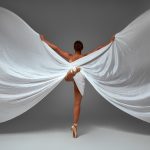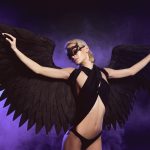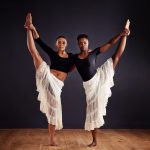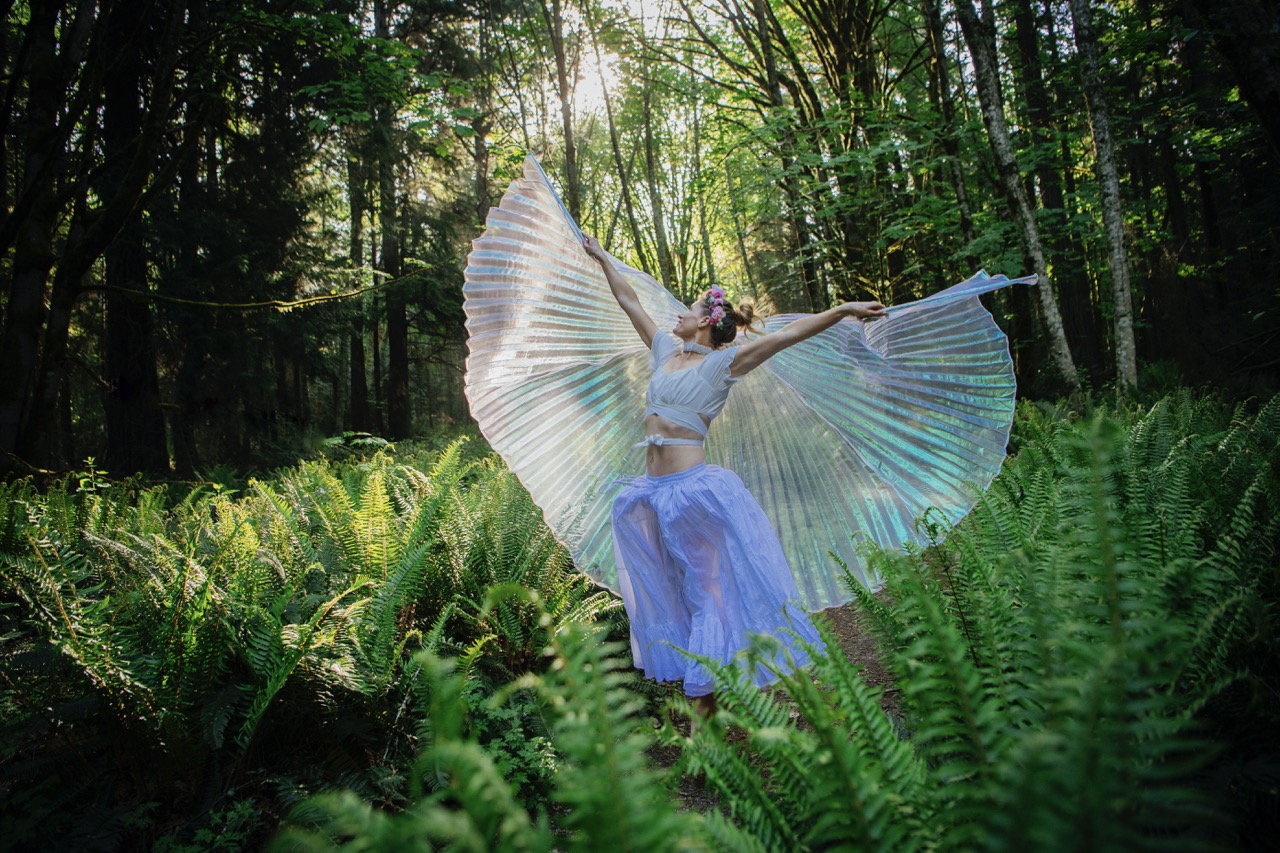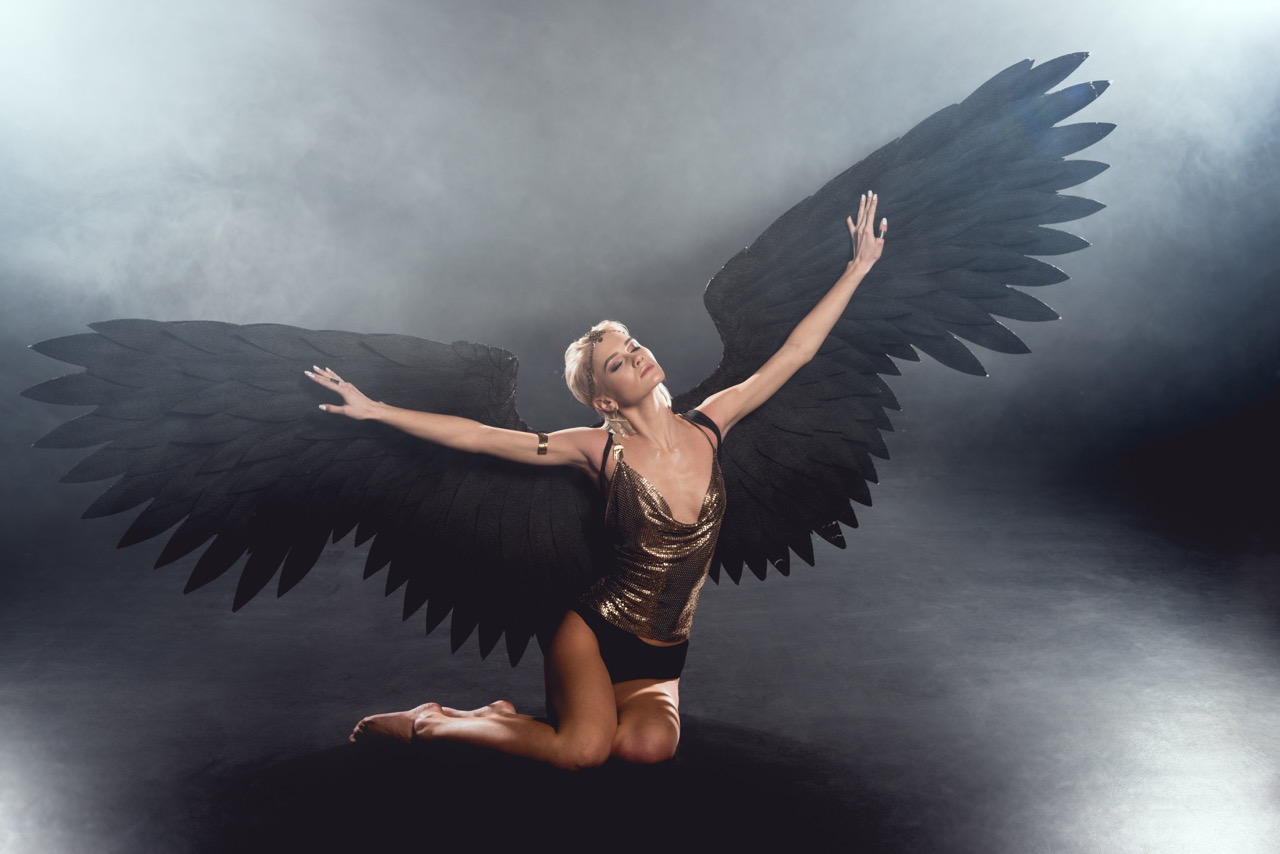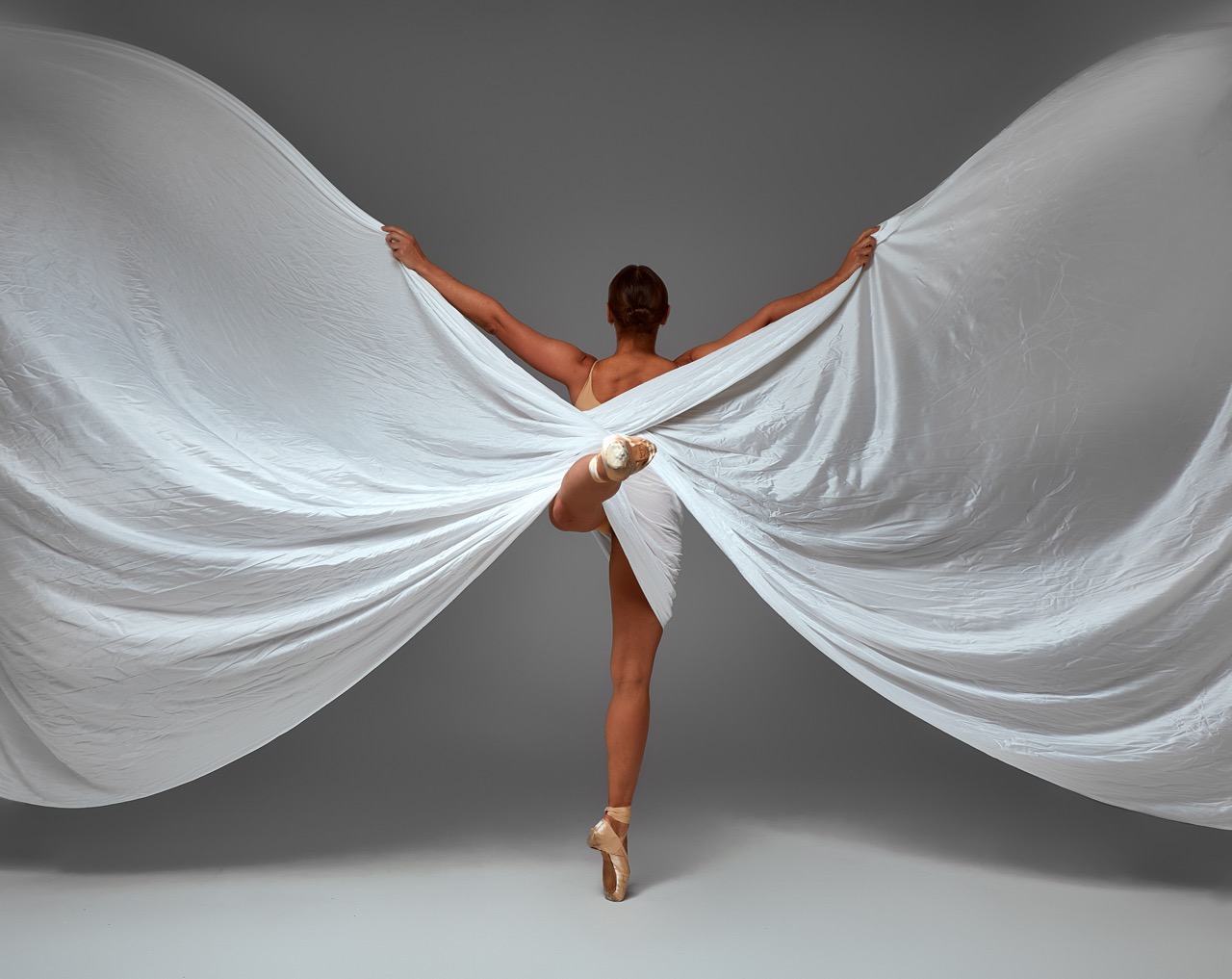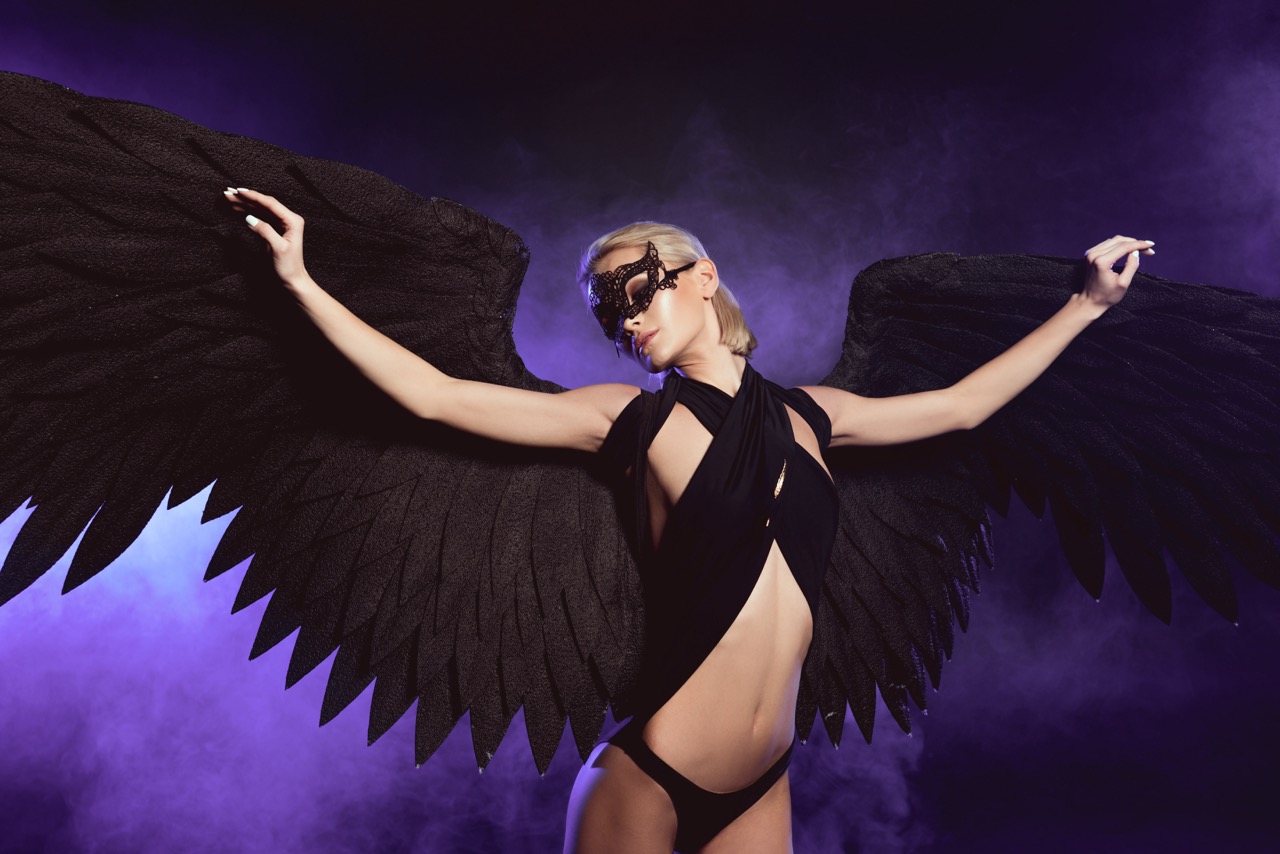In the world of modern dance, the visual aesthetic is just as important as the movement itself. One of the most striking elements that enhance this aesthetic is the use of fantasy costumes, particularly in performances that incorporate wings. These elaborate costumes not only serve as a means of self-expression but also contribute to the narratives that dancers strive to convey. As we delve into the influence of fantasy costumes in modern dance wings, we explore how they blend artistry with functionality, enhance choreography, and shape the stories being told on stage.
Unveiling the Artistry: Fantasy Costumes in Dance Wings
Fantasy costumes in dance wings encapsulate a realm where imagination meets reality. The shimmering fabrics, ethereal designs, and intricate details evoke a sense of wonder that captivates audiences. Dancers adorn themselves in colors and textures that resonate with the themes of their performances, allowing them to transform into otherworldly beings. The delicate craftsmanship involved in creating these costumes is akin to painting a canvas, where each piece plays a vital role in the overall artistic vision.
Beyond the visual appeal, fantasy costumes often draw from mythological and cultural influences, enriching the dancer’s portrayal of character. For instance, wings can be emblematic of freedom or transcendence, representing a journey through the human experience. When dancers wear these costumes, they become vessels of storytelling, channeling emotions and narratives that transcend language. Audiences are invited to immerse themselves in these enchanting worlds, making the visual component of dance an essential part of the experience.
As designers and choreographers collaborate, the artistry behind fantasy costumes evolves, pushing the boundaries of creativity. Modern dance wings today can incorporate technology, such as LED lights that illuminate the costumes in synchrony with the music. This integration of innovation creates a multisensory experience that delights the audience and enhances the overall impact of the performance. By melding traditional craftsmanship with modern techniques, the artistry of fantasy costumes continues to evolve, ensuring that it remains a vital aspect of contemporary dance.
The Fusion of Fantasy and Function in Dance Performances
While the aesthetic allure of fantasy costumes is undeniable, their functionality is equally important in modern dance. Costumes must facilitate movement, offering flexibility and comfort to dancers as they execute intricate choreography. Designers are tasked with the challenge of creating costumes that not only look stunning but also support the dynamic range of motion required in dance. This balance between beauty and utility is essential for a successful performance, as it allows dancers to express themselves without hindrance.
Moreover, the choice of materials plays a crucial role in the performance of fantasy costumes. Lightweight, breathable fabrics are often favored, allowing dancers to maneuver gracefully while maintaining the aesthetic qualities of their attire. The incorporation of elements such as detachable wings or adjustable pieces adds versatility, enabling dancers to adapt their costumes to various segments of a performance. This thoughtful consideration of both design and function showcases the artistry involved in crafting modern dance wings.
Additionally, the emotional connection between the dancer and their costume cannot be overlooked. When performers wear costumes that resonate with their character, it enhances their ability to connect with and engage the audience. For dancers, the act of donning a fantasy costume is a transformative experience, allowing them to step into a different identity and fully inhabit their role within the performance. This fusion of fantasy and function ultimately elevates the entire dance experience, creating a harmonious relationship between the performer and their art.
Choreography and Costume: A Dance of Creative Expression
The relationship between choreography and costume design is a dynamic interplay that fuels creative expression in modern dance. As choreographers develop their movements, they often envision how the accompanying costumes will complement the flow and energy of each piece. The synergy between the two can elevate a performance from merely technical to profoundly artistic. When choreographers and costume designers work collaboratively, they create a holistic vision that brings their shared narrative to life.
Moreover, the influence of fantasy costumes on choreography is significant. The visual impact of a dancer’s attire can inspire new movement ideas or alter the way choreography is approached. For instance, the fluidity of a long, flowing dress may encourage sweeping, expansive movements that contrast with the sharpness of a fitted ensemble. As dancers become aware of their costumes, they adapt their movements to enhance the narrative, resulting in a performance that feels cohesive and intentional.
Furthermore, the layers of meaning embedded in both choreography and costume design can lead to innovative storytelling. By leveraging the symbolism within a costume, choreographers can deepen the emotional resonance of the piece. A dancer adorned with wings, for example, might embody themes of hope, liberation, or transformation, enriching the overall narrative. This dance of creative expression invites audiences to interpret and engage with the performance on multiple levels, showcasing the profound impact of costume design in the modern dance landscape.
Transformative Power: How Costumes Shape Dance Narratives
Costumes possess a transformative power that goes beyond mere aesthetics; they are integral to shaping dance narratives. The visual language established by fantasy costumes allows for immediate recognition of themes and characters, guiding the audience’s emotional journey throughout the performance. When a dancer takes the stage in vibrant wings that suggest flight, viewers are transported into a realm of possibilities, setting the tone for the unfolding story.
Additionally, costumes can serve as metaphors, adding layers of meaning to a dance piece. For instance, a dancer shedding layers of fabric could symbolize personal growth or liberation, while the addition of vibrant wings may represent awakening or a journey toward self-discovery. This symbolic interplay between movement and attire enriches the audience’s experience, prompting them to reflect on the deeper implications of what they are witnessing. Through the combined impact of choreography and costume, dancers can convey complex narratives that resonate emotionally.
The transformative effect of costumes also underscores the importance of audience perception. A well-designed costume can evoke specific reactions, guiding the audience’s emotional response and helping them connect with the performance on a personal level. Whether it’s the awe inspired by a dazzling display of color or the nostalgia invoked by familiar mythological references, fantasy costumes in dance wings create an enchanting atmosphere that enhances the storytelling experience. In this way, costumes emerge not only as visual elements but as vital components that shape and elevate the narratives within modern dance.
The influence of fantasy costumes in modern dance wings is a testament to the artistry and creativity that define this vibrant art form. By merging the visual spectacle of costumes with the intricate movements of dance, performers can convey powerful narratives that resonate with audiences on multiple levels. As we continue to witness the evolution of dance and costume design, it is clear that this relationship will remain a cornerstone of expressive storytelling, inviting audiences to explore the limitless boundaries of imagination and emotion in the realm of modern dance.


